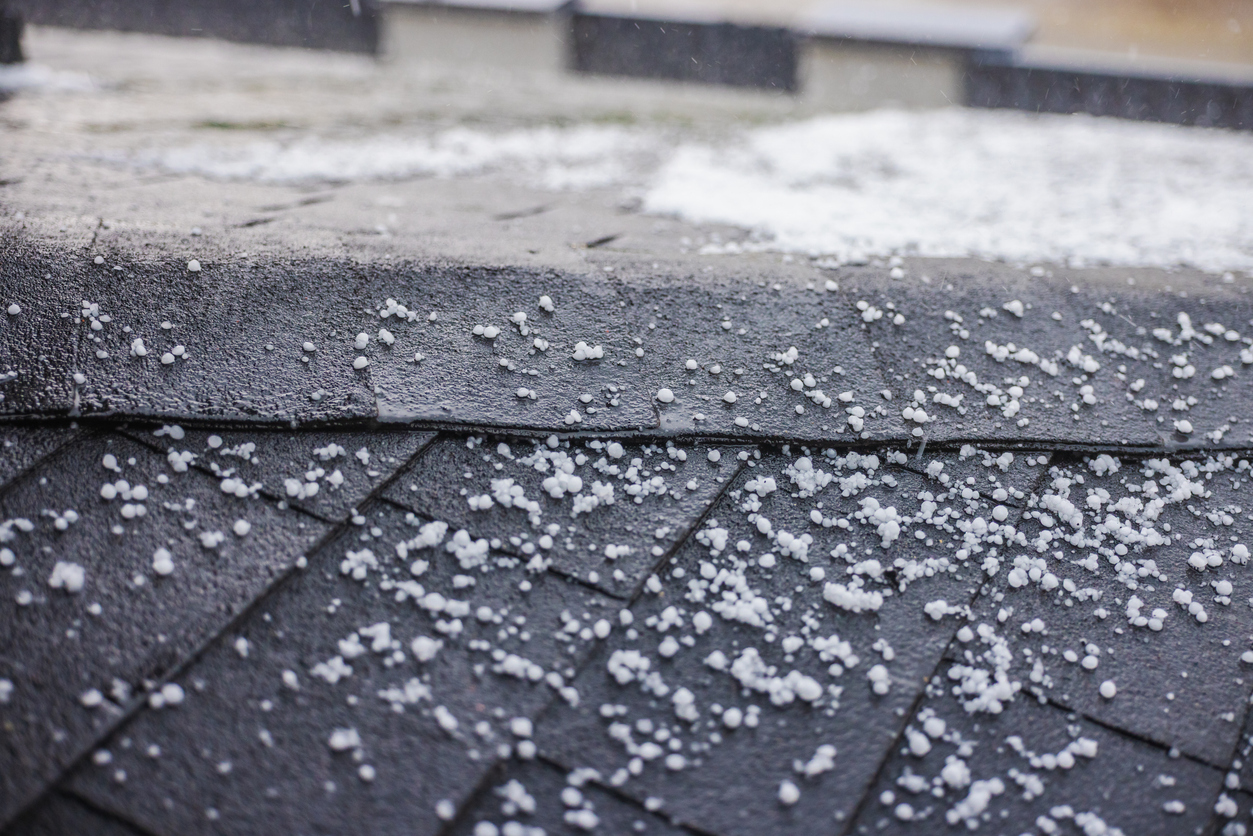Most commercial property owners pay hefty premiums in return for commercial property insurance, often times in the form of an “all-risk” insurance policy. “All-risk” policies provide coverage for all covered losses unless otherwise expressly excluded by the insurer in the policy.
But what about when a business owner purchases a commercial property and wants to begin construction and/or renovations on the property before opening the property for business?
Commonly, the owner of said business will purchase what is known as a “Builder’s Risk” insurance policy. Another name for this type of insurance policy is known as “course of construction” insurance, which is its own specialized type of property insurance that helps protect buildings under construction. This type of insurance is essential for those undergoing construction projects, but can often times feel fairly complex.1 Basically, this type of insurance contract should protect your building(s) during the course of construction, in the event of loss due to fortuitous events such as fire, lightning, explosions, and theft. But that is not always the case.
So, the “Builder’s Risk” policy covers construction projects—what does that mean in regard to what property is covered? Well, the insurance policy is supposed to cover the buildings and structures that are under construction, but they also usually provide coverage and protect (1) materials, (2) supplies, and (3) construction equipment.
Notice how I am using words such as “should” and “supposed to”? Its not accidental; that is what these policies are designed to do. However, the wording of these types of course of construction policies often allow for insurers to get a bit crafty in the way they deny meritorious claims made under the policy’s language. Look at typical wording under a construction policy:
A. Coverage
We will pay for direct physical loss of or damage to
Covered Property at the premises described in the
Declarations caused by or resulting from any Covered Cause of Loss.
1. Covered Property
Covered Property, as used in this Coverage
Part, means the type of property described in
this section, A.1., and limited in A.2. Property
Not Covered, if a Limit Of Insurance is shown
in the Declarations for that type of property.
Building Under Construction, meaning the
building or structure described in the Declarations while in the course of construction,
including:
a. Foundations;
b. The following property:
(1) Fixtures and machinery;
(2) Equipment used to service the building; and
(3) Your building materials and supplies
used for construction;
provided such property is intended to be
permanently located in or on the building
or structure described in the Declarations
or within 100 feet of its premises;
c. If not covered by other insurance, temporary structures built or assembled on site, including cribbing, scaffolding and construction forms.
Seems fairly simple, right? A building under construction is defined as a building or structure listed in the declarations page, while in the course of construction. But interestingly enough, the (extremely significant) phrase “in the course of construction” is not defined anywhere in the policy, leaving the insurers some wiggle room as to how they wish to define it and/or apply it to the facts of a policyholder’s situation.
What it means to be “in the course of construction” could mean many different things to a reasonable policyholder. Some examples could be: The date that the construction contract provides as to when construction is to begin; the date the permit for construction work becomes active; or the date that the first construction or restoration worker arrives on the property.
Couch on Insurance, the premier treatise on all-things insurance, says the following, regarding the “course of construction” language:
A “builder’s risk” policy that insures during the “course of construction,” regardless of its date, becomes effective as of the time construction begins. When the clause also specifies coverage for materials being used in the “construction” of a building or vessel, coverage has been held to commence when materials for the construction are brought to the site of construction with the intention, in due course, of incorporating them into a structure.2
Obviously, every commercial policyholder does not have access to Couch on Insurance (or other resources which have a catalogue of applicable case law) to discern what it means to be considered “in the course of construction.”
The above examples of what a policyholder might think is considered “in the course of construction” are all reasonable. Without the policy defining such a broad phrase, these commercial policyholders will be left to their own interpretations of their Builder’s Risk policy.
And if it is determined that there is in fact more than one reasonable interpretation of what it means to be considered “in the course of construction” to an insured premises, an ambiguity exists, and it should be construed against the drafter of the policy.3
The fact of the matter is that without the policy somewhere defining the term in the course of construction, policyholders are likely to have different interpretations of when their insurance coverage may be triggered under this type of policy, if an issue arises. If you are a policyholder uncertain as to whether your claim under such a policy was wrongfully denied, reach out to an attorney at Merlin Law Group to take a look.
________________________________
1 https://www.thehartford.com/resources/construction/builders-risk-insurance
2 §102:31.Builder’s risk, generally; buildings, 7 Couch on Ins. § 102:31.
3 Pacific Employers Ins. Co. v. Wausau Bus. Ins. Co., 2007 WL 2900452, at *4 (M.D. Fla. Oct. 2, 2007).




